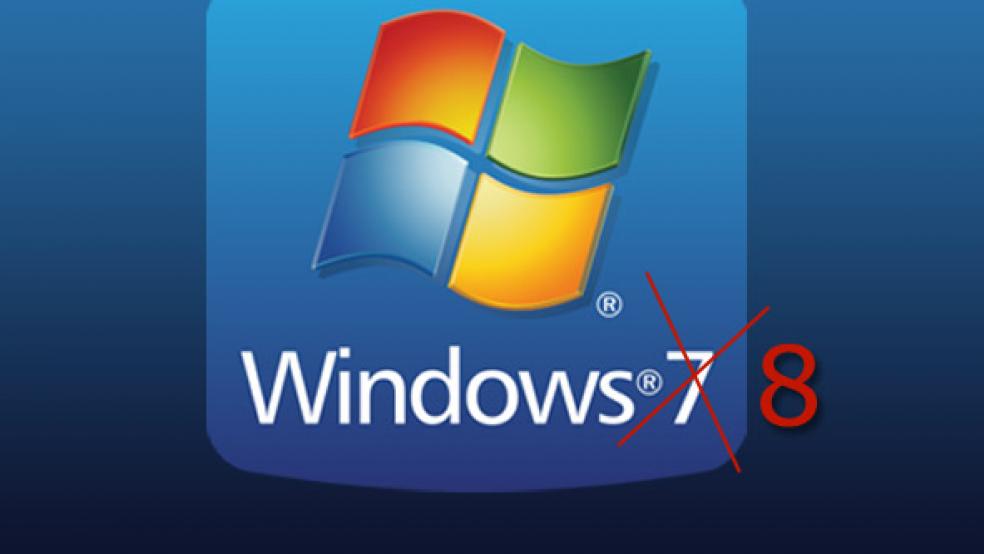In January 2010, back when the iPad was still a rumor, Microsoft CEO Steve Ballmer took the stage at the Consumer Electronics Show and demonstrated an iPad-like tablet that ran Windows 7. Ballmer was right that tablets were going to be a big deal but wrong in thinking that Microsoft had the software to power them.
With iPads selling at a clip of nearly a million a week and about to get a further boost from a new version of Apple’s iOS software, Microsoft cannot afford to stay on the sidelines for much longer. It is rushing to finish Windows 8—not necessarily the name under which it will come to market—a split-personality operating system designed to work well on both tablets and conventional keyboard-and-mouse computers and due to ship sometime next year
This is a huge gamble because it is far from clear that Microsoft can pull it off. A very early version of Windows 8 looks good on tablets, though you can't do much with it yet. Meanwhile, but its new “Metro” design feels clunky on traditional computers.
Corporate buyers, many of whom have just completed a transition to Windows 7, are likely to be unexcited by Windows 8 for their laptops and desktops. But Microsoft may have a real opportunity in the market for enterprise tablets. iPads have been creeping into businesses, introduced by individual users who, if they have enough clout, have been able to get their IT departments to support them grudgingly. They do meet some corporate security requirements—more than Android tablets, but not at the level that IT departments like.
A Windows-based tablet would find much more acceptance. Because the core operating system is the same on tablets and PCs, Windows 8 systems can be managed identically, using the same tools IT already owns and understands. That should mean an instant welcome in IT departments.
Applications are more problematic. Makers of Windows 8 tablets will have a choice of using either Intel processors, like those used in standard PCs, or processors based on designs from ARM Holdings, similar to those used in other tablets and smart phones. Intel offers greater processing power, ARM better battery life. Intel tablets will run all applications, including Microsoft Office, designed for earlier versions of Windows though the fact that they were intended for use with keyboards and mice may make them clumsy (Microsoft has not yet said whether it will issue a version of Office optimized for the tablet.) But existing applications, including many custom corporate apps, will have to be rewritten to run on ARM.
In the end, Windows 8’s success is likely to depend on Microsoft’s ability to make sure that critical programs run well on both conventional and tablet platforms. In particular, support for Office on both Intel and ARM tablets is crucial.

To a greater extent than usual, business holds the key to success for Microsoft. Windows 8 tablets are likely to face fierce competition from Apple and Android in consumer markets. There are not many compelling reasons for consumers to upgrade conventional desktops and laptops from Windows 7, though there is a chance that the tablet features of Windows 8 could help touch-enabled all-in-ones, such as the Hewlett-Packard TouchSmart line, break out of their niche.
Microsoft could have taken a safer course of imitating Apple and basing its tablet operating system on its Windows Phone software. Building on desktop software is much trickier but offers the potential of a big hit in the corporate world.



